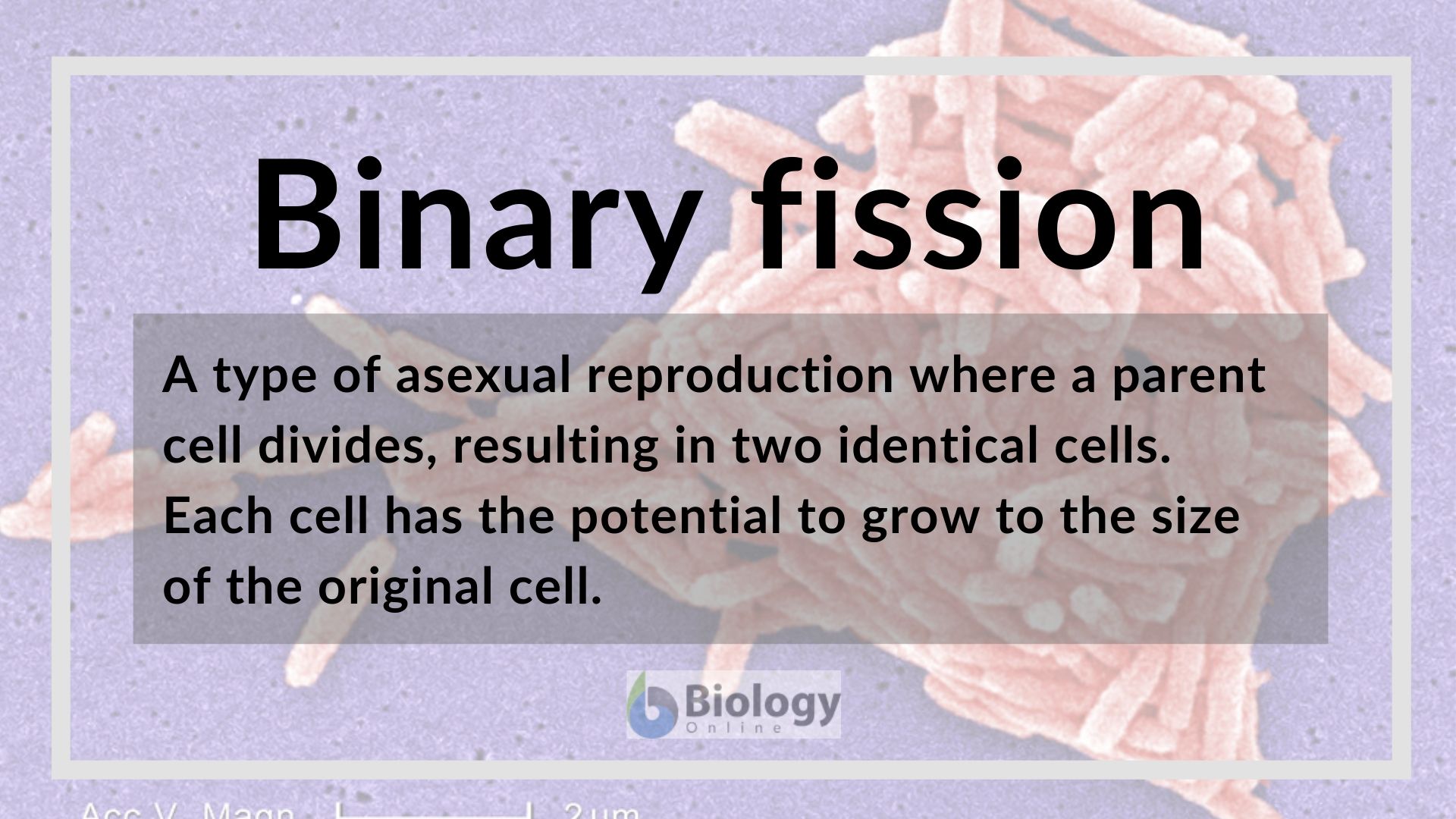

At this point, an invagination has formed in the periplasmic ring of the plasma membrane, effectively splitting the mother cell in half. Isolating DNA in binary fission means removing it from its natural cellular environment to be studied in greater depth. Gene expression, protein synthesis, and the expansion of cellular organelles and other components are only some of the molecular and metabolic mechanisms that govern cell development. This allows the cell’s genetic material (DNA) to replicate and the cytoplasm to divide, forming two new cells. An expanding cell does this by making more of itself through protein synthesis. The process of binary fission requires the cell to expand in size before it can divide into two daughter cells. During this process, every daughter cell gets half of the parental DNA and half of the freshly manufactured DNA, making it a semi-conservative one. After binary fission is completed, two daughter cells will each contain a copy of the original DNA molecule. DNA replication involves the unzipping and unwinding of a double-stranded DNA molecule, which is then used as a template to create new complementary strands. There are four processes in binary fission:ĭuring binary fission, DNA replication must occur to produce an identical set of genetic instructions for each daughter cell. coli, Archaea, and eukaryotic Euglena are all examples of organisms that reproduce using binary fission. Therefore, as the cell begins to be pulled apart, the genuine and duplicate chromosomes become physically distinct. However, in this case, a single DNA molecule initiates replication and links its many copies to distinct cell membrane regions. There is no need for a spindle mechanism during the cellular process of binary fusion. The process is the dominant mode of reproduction in bacterial species. This method facilitates the organisms’ capacity for fast multiplication and colonisation of new territories. When a cell undergoes binary fission, it first expands and copies its DNA before splitting in two. Single-celled organisms, such as bacteria and protozoa, reproduce asexually by a process known as binary fission, in which a parent cell splits into two identical daughter cells. This article aims to provide you with a quick summary of binary fission, how they function, and anything else you need to know. After that, we’ll discuss the many forms of binary fission. In addition, we’ll go through several concrete cases of binary fission.įirst, we’ll define binary fission, so you know what we’re talking about, and then we’ll break it down into its many forms. This article will discuss the steps involved in a binary fission reaction. If you were looking for an explanation of Binary Fission, you’ve found it. What is transverse and longitudinal binary fission?.What are the four stages of binary fission?.

What are the advantages and disadvantages of binary fission?.Why is binary fission classified as an asexual reproductive method?.


 0 kommentar(er)
0 kommentar(er)
